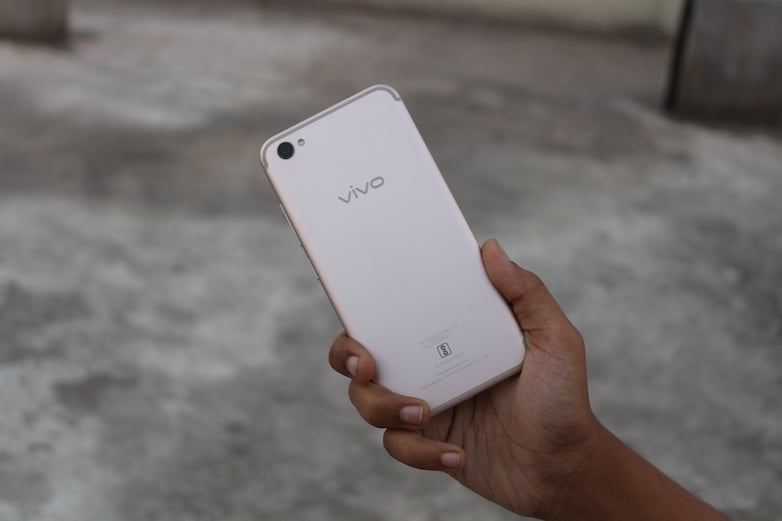The first quarter of 2017 is now done, and we're already into the second quarter of 2017. Various reports from IDC and CMR Mobile Research have stated that Chinese vendors have seen massive growth in the Q1 and in the last one year as well. There are various Chinese firms in India- Lenovo, Xiaomi, Vivo, Oppo, Gionee, LeEco, Coolpad, and so on. But only a few are successful like Xiaomi, Oppo, Lenovo, and Vivo.

Others such as the Gionee, Coolpad are doing good, but not as good as the above four. So, every brand has its strategy, and if they implement it in a right way, they will be successful end of the day. Consider the prime example of LeEco here- they entered the Indian market with a bang and also vanished with a bang due to the quick expansion to various countries.
Consider Xiaomi: It entered the country in 2014 and launched two phones in the first year, and they sold them via Flipkart. In the second year, they increased the product number, and the company is now in its third year in India. Already they've launched three phones in the country, and we're just in the half way of the fifth month of the year.
Then there's Lenovo, who is going big with the Motorola brand rather than its own name. Lenovo used to sell phones both offline and online back then, but the vendor is slowly making a shift in its strategy by making Motorola as its online brand and Lenovo itself as an exclusive to offline market.

Here comes Gionee who used to bet big on the battery-centric phones (now on selfie phones) and is reasonably going good in the country. And lastly, we've the Vivo and Oppo with the same parent company- BBK Electronics. Both Vivo and Oppo entered the Indian market in 2014 as online-only brands but now has a vast presence in the offline market.
According to the IDC report, Vivo has 10.5 percent market share in India, while Oppo has 9.3 percent share. While Vivo stands third in the list, Oppo is settled at fifth position. Furthermore, Vivo shipped close to three million until April 2017 and Oppo managed to sell over two million units.
Xiaomi has been successful in the country with its affordable smartphones, but Oppo and Vivo and banking on the ongoing trend in the country that is 'Selfie Camera.' Out of the various major companies across the globe, only Vivo and Oppo has dual selfie camera smartphones, which explains the entire scenario.
Oppo and Vivo believe that a customer in India wants to get his hands on a device before purchasing it and then came the immensely successful offline strategy. That said, here's the success mantra for Vivo and Oppo is- Cope up with the trend and make them available at every store in India making a customer to experience the phone before owning it.
This strategy has done wonders for both of them in India in the past twelve months or so. Added to that is the 'insane marketing.' While Xiaomi has never entered the marketing space, Vivo and Oppo believes that it's one of the key factors to achieve success.
They've roped in some of the popular stars in the country and became is now after the Indian people loved sport- Cricket. This is the most unusual move from both the Chinese vendors and an unexpected one as well. Vivo is the official sponsor of Indian Premier League (IPL) and Pro Kabbadi with the auction deals valuating nearly 1000 crore and 300 crores respectively. Oppo is the official title sponsor of Indian Cricket Team, and they have already unveiled the jersey at the Oppo F3 launch event.

Having said that, both the brands have understood Indian consumers to the core, and their moves in future will inevitably deliver success. What's next for both the firms? According to a report from Economic Times, Oppo and Vivo will be investing Rs. 2200 crore only for marketing in 2017. This will be severe competition for India's biggest smartphone brand- Samsung, which operates in both offline and online markets. Noticeably, these three brands are bringing down the market share of Samsung.
Samsung will never invest that much of amount just for marketing. So, the Oppo and Vivo will end up as winners, unless Xiaomi does something special in the offline space who recently launched its first Mi Home in India. Also, the prices of Oppo and Vivo phones will be reduced in the future as both the companies have already started manufacturing the phones in India. Also, Vivo and Oppo are a huge threat for Nokia in India as HMD Global is looking to sell the phones in the offline market.















